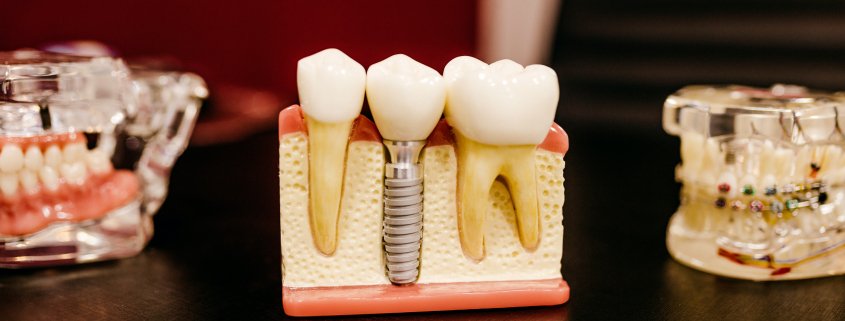Pre-existing dental work need not affect the application of braces. You may think having fillings, drowns or even root canals will prevent orthodontic treatment. They will not affect braces but the treatment will need to take into account what is in your mouth. In this post, we’ll answer common questions you will have in regards to braces with crowns or root canals? Let’s get going.
What is a Root Canal?
Root canals are a dental procedure that removes the soft center of your tooth. This is also called pulp, and it contains nerves and connective tissue which help to grow teeth in most cases. In order to maintain comfort during treatment without having to be put totally out or fully awake for such an invasive process, root canals typically occur while under local anesthesia only.
This procedure preserves the structure of your teeth by removing injured or diseased tissue while also treating an infection with antibiotics such as penicillin because they are still effective against bacteria in open spaces like these cavities within teeth that cannot be cleaned out completely on their own.
Common pulp damage issues are known to experts. Deep decay due to an untreated cavity, which can cause acute pain and swelling; a filling may have caused inflammation if not done properly. It is crucial for dentists to take care when working near inflamed tissues.
Injuries acquired from being hit in the mouth will often lead to broken tooth fragments at different levels inside the tooth.
Can I have Braces with a Root Canal?
The orthodontist will use his or her best judgment to install a corrective system that preserves the integrity of your root canal work. You should allow enough time to pass after your root canal surgery before you get braces.
Can I Have Braces with Crowns?
If you have crowns from previous dental work and are considering straightening your teeth, it is possible. Brackets will be glued onto the crowns with something different than what is used for natural teeth. They will then connect through wires or bands of metal that come together at each tooth’s front edge called an archwire.
Can Braces Loosen the Crowns?
In short, no. The brackets are fused into the jawbone and rigid. Braces will NOT loosen crowns.
Can I Use Them With Invisalign?
The clear aligning trays are custom fit over and around your existing crown to create a snug, comfortable seal. Some people might need an attachment bonded on their teeth for the tray to work more effectively in moving it into position.
Can I Get Braces if I Have Tooth Decay or Oral Disease?
If you are currently experiencing tooth decay or gum disease, it is essential to resolve those issues first. The reason for this is that if the condition of your teeth becomes worse while wearing braces, they might have to be removed in order for treatment on them to continue.
In cases where there’s periodontal disease present and depending on how severe it may be as well as whether affected teeth are vulnerable due to lack of bone support, an orthodontist will determine what kind of treatments need be done accordingly beforehand with a customized plan created specifically which suits their needs best before any other procedures can take place.
If you’re already suffering from dental problems like cavities or gingivitis when getting fitted with orthodontic appliances then make an appointment with a hygienist to correct the flaws and allow the orthodontist to work with a healthy set of gnashers.
What is the Best Type of Braces to Have with Crowns or Veneers?
What type of braces should be used with crowns or veneers? Ideally, we would not like to place a fixed brace on your tooth if possible. The ideal choice is an aligner that can easily come out of the mouth such as Invisalign®.
However, while these may not have all the same precision features that more traditional braces do they are much less effective at fixing certain types of malocclusions in adults and so there will always need to be some other type for treatment planned when working on a straight smile.
Will I Need my Crown, Veneer Changed?
Braces can be removed without replacing the tooth with a crown or veneer, but you may also get teeth whitening first if you want your natural smile to stay whiter.
Will Braces and Fillings go Together?
If your teeth are crooked, then you might have been prone to cavities in the first place. Food accumulates between gaps of different sized holes; crowded teeth make it difficult for cleaning thoroughly. Your orthodontist will assess before determining how best to proceed with braces if you have fillings.
What About Dental Implants and Braces?
Once orthodontic treatment is done, your teeth will be in place. This way the implant has space for placement.
Conclusion
Correcting your teeth with dental implants or fillings or even veneers, call the office. Schedule an appointment with Dr. Schulhof to discuss your dental needs. Then, create a game plan and get the self-confidence you deserve. It’s going to change your life. Contact us today because orthodontics shouldn’t just be a treatment, but an experience!
Either way, let us know by leaving a comment below right now and continue the conversation.
